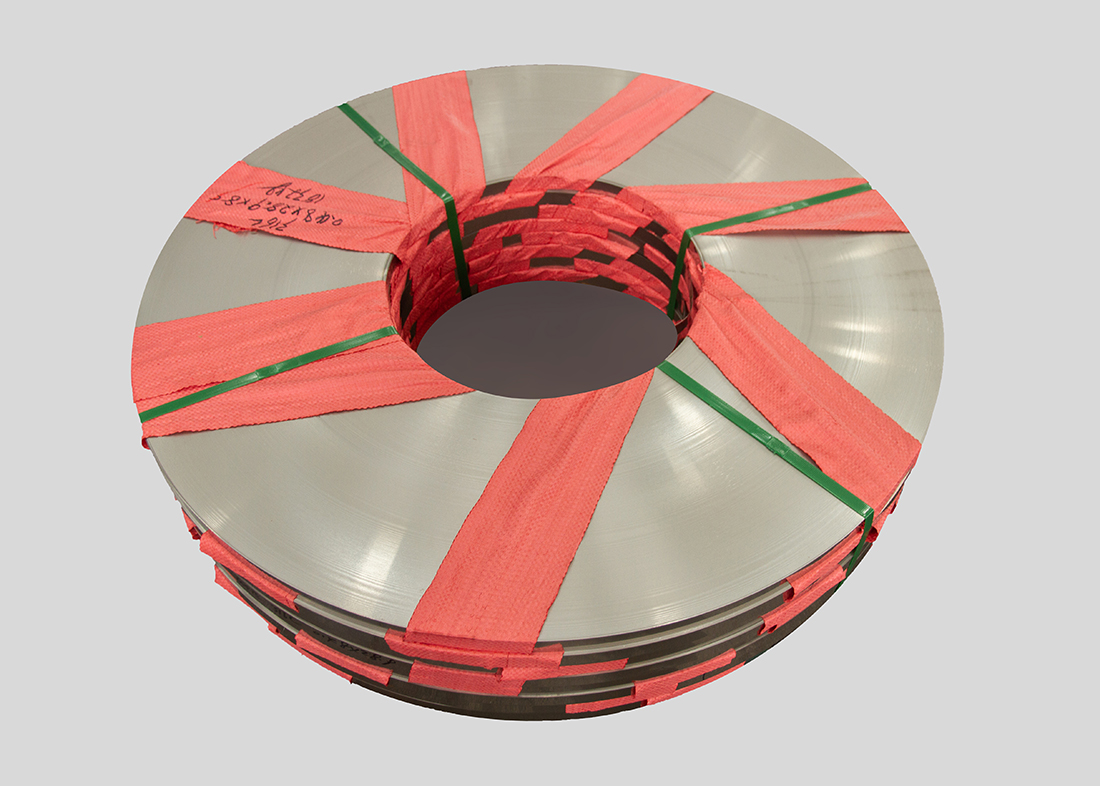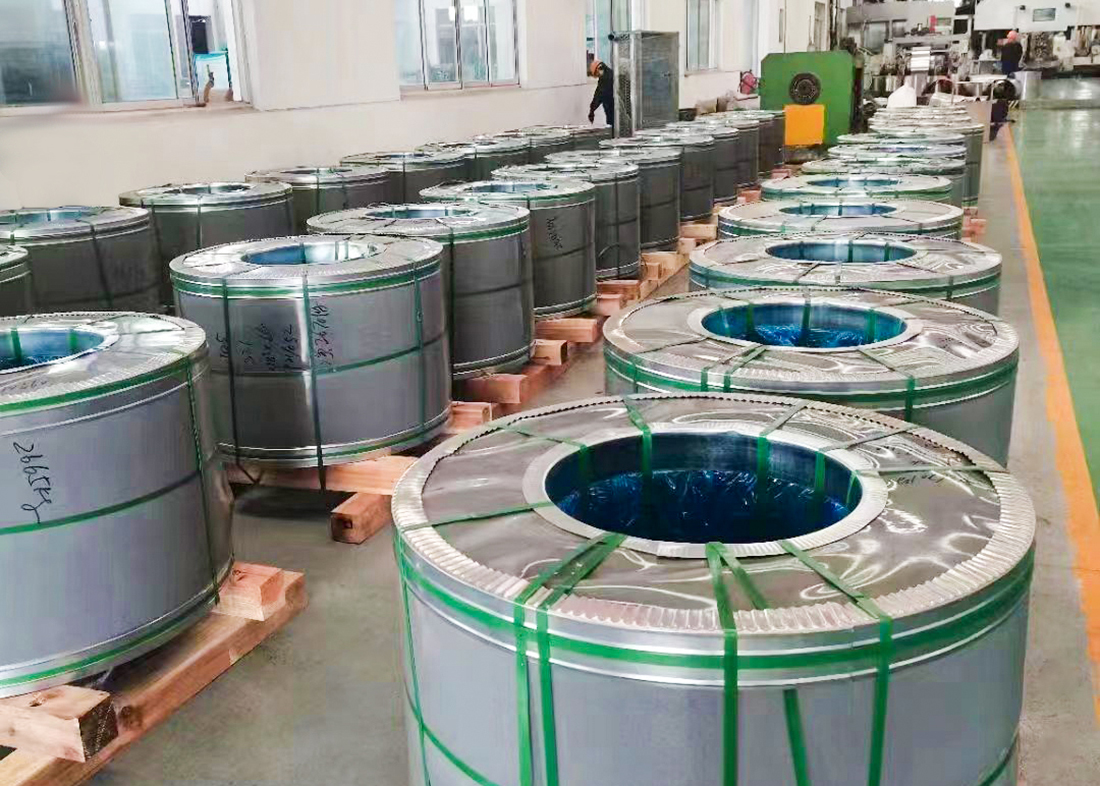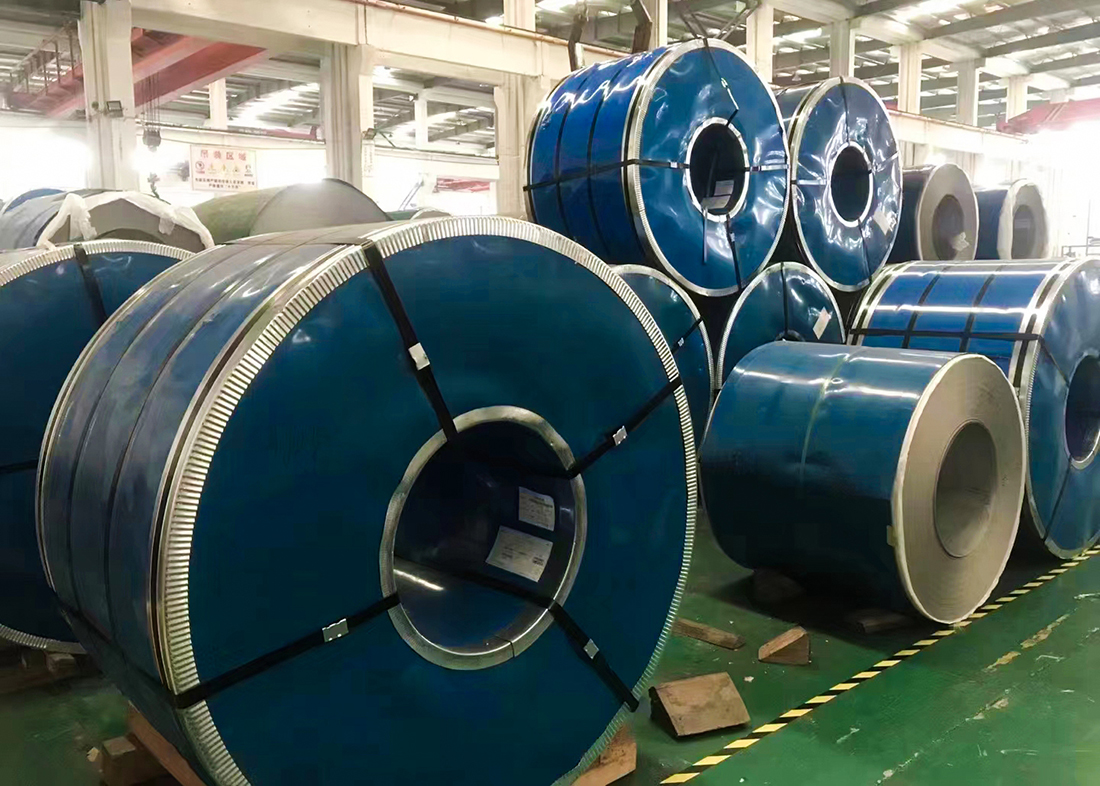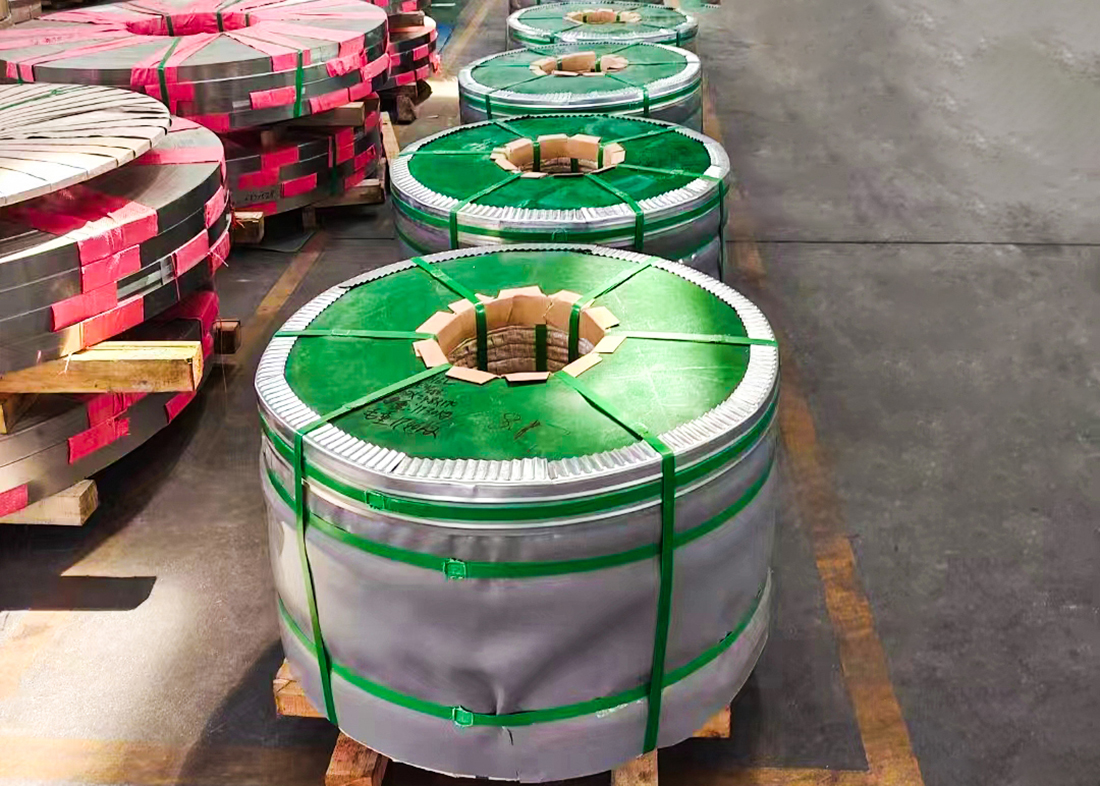
What are the specific differences in the use of stainless steel strips for different types of cars i
source:www.novoreg.cn | Release time:2025年05月13日1. Family sedan
Appearance decoration: Stainless steel strips are usually used to make body decorative strips, such as window frames, door handle decorative strips, etc. These stainless steel strips generally have high surface smoothness and decorative properties, and are often treated with mirror or matte finish to enhance the overall aesthetics and texture of the vehicle.
Exhaust system: Considering the driving environment and frequency of use of household cars, the stainless steel strip in the exhaust system needs to have good corrosion resistance and a certain high temperature strength. Generally, austenitic stainless steel strips with good corrosion resistance, such as 304 stainless steel, are selected, which can withstand the corrosion of various chemical components in automobile exhaust and ensure the service life of the exhaust system.
Engine components: Some engine components may use stainless steel strips, such as oil filter housings. The stainless steel strip here requires high strength and good formability to maintain stable performance in the complex working environment of the engine.
2. Commercial vehicles (such as trucks and buses)
Body structural components: In order to improve the strength and durability of the body, commercial vehicles may use stainless steel strips in some key body structural components, such as frame longitudinal beams, crossbeams, etc. These stainless steel strips typically require higher strength and fatigue resistance to withstand various stresses of commercial vehicles during heavy loads and long-term driving. High strength martensitic stainless steel strips or precipitation hardened stainless steel strips may be used to reduce the weight of the vehicle body and improve fuel economy while ensuring its strength.
Container and chassis components: Stainless steel straps may also be used for the frame, floor support, and other parts of the container, requiring good wear resistance and corrosion resistance to cope with the loading and unloading of goods and various harsh transportation environments. Chassis components such as some parts in the suspension system may also be made of stainless steel strips to improve their service life in humid and dusty environments.
Exhaust system: The exhaust system of commercial vehicles usually needs to withstand higher exhaust pressure and temperature, so the requirements for high temperature resistance and corrosion resistance of stainless steel strips are more stringent. Generally, ferritic stainless steel strips with better high-temperature resistance or austenitic stainless steel strips with higher chromium and nickel content, such as 316 stainless steel, are selected to ensure the reliability and stability of the exhaust system.
3. New energy vehicles
Battery system: The battery pack of new energy vehicles usually uses stainless steel strips as the shell or structural components. This is because stainless steel strips have good strength and corrosion resistance, which can provide reliable protection for batteries and prevent them from being impacted and corroded by external factors. At the same time, stainless steel strips also have certain electromagnetic shielding properties, which can reduce the electromagnetic interference of batteries on electronic devices inside the car. In some new energy vehicles, special stainless steel strips with higher strength and better corrosion resistance may be used to meet the strict requirements of battery systems for safety and reliability.
Body structure: In order to achieve lightweight design, new energy vehicles may use a combination of high-strength stainless steel strips and aluminum alloys in their body structure. These stainless steel strips are mainly used to strengthen key parts of the vehicle body, such as A-pillars, B-pillars, door sills, etc., to improve the collision resistance and overall strength of the vehicle body. Compared with traditional fuel vehicles, new energy vehicles have higher requirements for lightweight stainless steel strips, so they will pay more attention to selecting high-strength and low-density stainless steel materials.
Charging system: Stainless steel strips may also be used in components such as charging interfaces and charging guns to manufacture the casing or internal conductive parts. The stainless steel strip here needs to have good conductivity and corrosion resistance to ensure the safe and reliable operation of the charging system.
4. Special vehicles (such as fire trucks, ambulances, military vehicles, etc.)
Special functional components: Special vehicles usually require special functions and performance, so the use of stainless steel strips will be designed according to their specific needs. For example, components such as fire truck ladders and rescue platforms may use high-strength and high toughness stainless steel straps to ensure safety and reliability during high-altitude operations and emergency rescue. Stainless steel straps are also used in the fixed brackets and stretcher rails of ambulance medical equipment, which require good corrosion resistance and hygiene performance for easy cleaning and disinfection.
Protective performance: Military vehicles have high requirements for the protective performance of vehicles, and stainless steel strips may be used to manufacture body armor, fuel tank protection layers, etc. These stainless steel strips need to have high strength and impact resistance to withstand attacks such as shrapnel. High strength alloy stainless steel strips are usually selected and subjected to special heat treatment and surface treatment processes to improve their protective performance.
Environmental adaptability: Special vehicles may need to work in various harsh environmental conditions, such as high temperature, low temperature, humidity, dust, etc. Therefore, stainless steel strips need to have good environmental adaptability and be able to maintain stable performance under different environmental conditions. For example, special vehicles used in extremely cold regions require stainless steel strips with good low-temperature toughness to prevent brittle cracking at low temperatures.
prev:
Why are stainless steel coils used on shelves
next:
What should be noted during the transportation of…
【Related articles】
【Related products】
+
 WeChat ID:www.novoreg.cn
WeChat ID:www.novoreg.cn

 WeChat ID:www.novoreg.cn
WeChat ID:www.novoreg.cn











 Add WeChat
Add WeChat
 Contact us
Contact us
 The phone
The phone